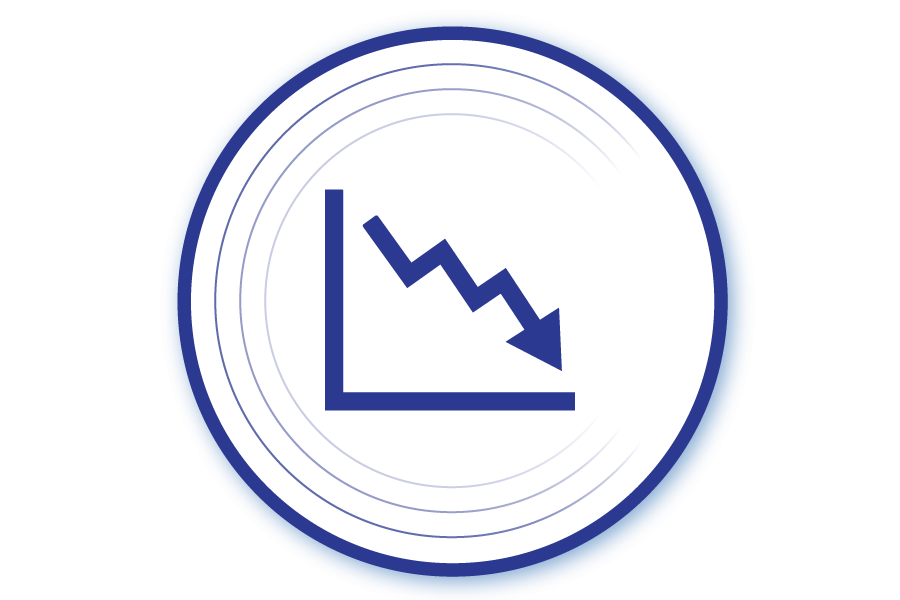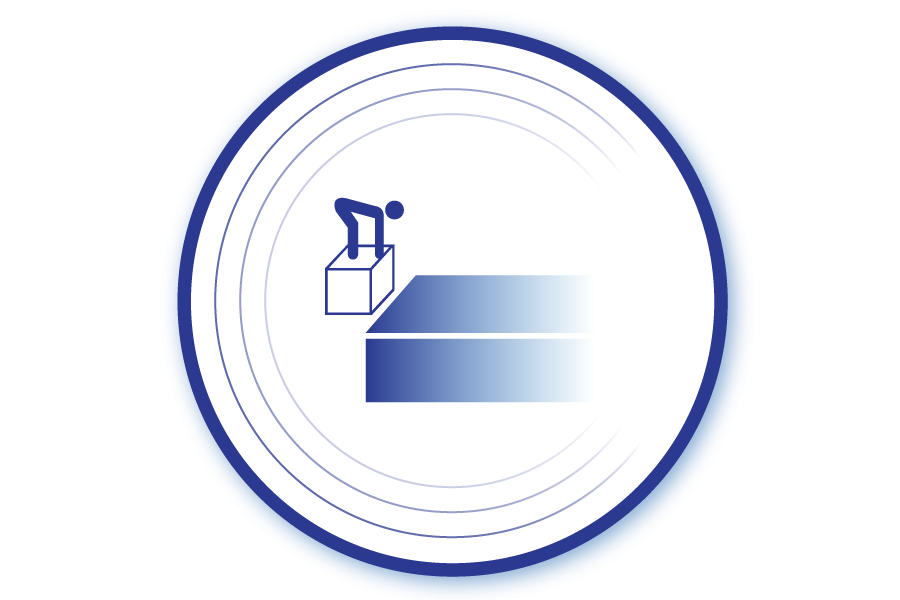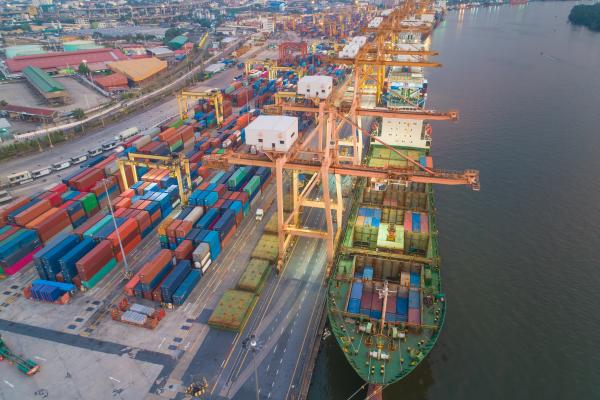Overview
Microplastics are small pieces of plastics, usually smaller than 5mm. They are persistent, very mobile and hard to remove from nature. A growing volume of microplastics is found in the environment, including in the sea and in soil, as well as in food and in drinking water.
Once in the environment, microplastics do not biodegrade and tend to accumulate - unless they are specifically designed to biodegrade in the open environment. Biodegradability is a complex phenomenon, especially in the marine environment. There are increasing concerns about the presence of microplastics in different environment compartments (such as water), their impact on the environment and biodiversity and potentially human health.
In 2023, the European Commission adopted a REACH restriction on microplastics intentionally added to products and a proposal for a Regulation on preventing plastic pellet losses to the environment. These actions will directly contribute to reaching the 30% reduction target for microplastic releases set out in the Zero Pollution Action Plan.
In addition, the Commission presented a brochure to provide an overview of EU policies and initiatives to combat microplastic pollution, promote research and innovation, and ensure integrated monitoring of microplastics.
Objectives
The EU aims to reduce microplastic releases by 30% by 2030. This will be achieved by
- reducing plastic pollution (as these degrade into microplastics)
- restricting the use of intentionally added microplastics to products, and
- reducing unintentional microplastic releases
In the EU
 30% by 2030
30% by 2030EU target to reduce microplastics released into the environment
 Between 200 and 600
Between 200 and 600olympic size swimming pools of microplastics are unintentionally released into the environment every year
 Over 2100 truckloads
Over 2100 truckloadsof plastic pellets were lost to the environment in 2019
Law
There is currently no EU law in place applying to microplastics in a comprehensive manner.
There are several specific laws with partial objectives
- Marine Strategy Framework Directive
- Fertilising Products Regulation
- REACH restriction proposal – which addresses intentionally added microplastics
- Proposal for a Regulation on preventing pellet losses
Some microplastics are formed when larger plastics break down. These unintentionally formed microplastics fall outside of the scope of the new initiative, and are addressed by
Several EU laws affect the production of microplastics, or their release into the environment, both directly and indirectly. These are
- September- October 2023Adoption of several initiatives on microplastics
- REACH restriction addressing intentionally added microplastics
- Proposal for a Regulation on preventing pellet losses to reduce microplastics pollution
- Brochure on EU action against microplastic pollution
- 26 January - 23 February 2023
- Targeted consultation on SMEs that are handling plastic pellets
- December 2022Stakeholder workshop on plastic pellets
- February - March 2022Several stakeholder workshops held
First stakeholder workshop on additional sources of microplastics
- Second stakeholder workshop on additional sources of microplastics
- Stakeholder workshop on Tyres, Pellets and Textiles
- Stakeholder workshop dedicated to Member State representatives
- 30 November - 18 January 2022Call for evidence for an impact assessment
- November 2021Second stakeholder workshop for study ‘Cost-benefit analysis of policy measures reducing unintentional releases of microplastics’.
The second stakeholder workshop will take place virtually on 22 November (synthetic textiles), 24 November (tyre abrasion) and 25 November (plastic pellets).
- 16 September 2021First stakeholder workshop for study ‘Cost-benefit analysis of policy measures reducing unintentional releases of microplastics’.
- 11 March 2020Publication of the new circular economy action plan
Including specific measures on microplastics, in particular the restriction of intentionally added microplastics and measures on unintentional release of microplastics
- 11 December 2019Publication of the European Green Deal
Including a new initiative to address the unintentional presence of microplastics in the environment
Background
In 2018, the EU Plastics Strategy identified microplastic pollution as an issue warranting the development of innovative reduction solutions. The 2019 Opinion of the Group of Chief Scientific Advisors on “Environmental and health risks of microplastic pollution” also pointed to the need for precautionary measures to be taken. In the new Circular Economy Action Plan, the European Commission committed to addressing the presence of microplastics in the environment by restricting the use of intentionally added microplastics in products and addressing unintentional releases of microplastics. In 2021, the Zero Pollution Action Plan provided further impetus by setting a 30% reduction target for microplastic releases by 2030.
Related links
Main laws: REACH restriction, Proposal for a Regulation on preventing pellet losses
Related topics: Circular economy, Plastics, Waste and recycling
Related strategies: Circular economy action plan, Plastics strategy, Chemicals strategy, Zero pollution action plan
Related Commission priorities: European Green Deal




